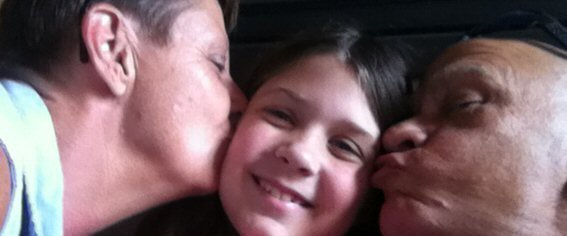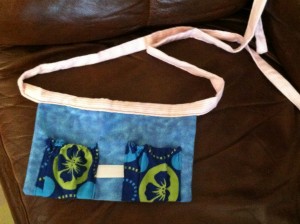If you’re new to cancer or serious illness you may hear a new term, caregiver. Caregivers can come in many forms. They can be a friend, a spouse, a parent and even a child.
My primary caregivers were my husband and my daughter. They were both amazing. They helped me with anything and everything from sharing kind words to bringing me water to cooking meals and helping me out of bed when I needed it. Besides helping me with the daily tasks my husband went with me to doctor visits and chemo appointments. He helped make me as comfortable as possible during my treatments and gave me words of encouragement that kept me going, he was my cheerleader!
My daughter was eight years old when I was first diagnosed. I wasn’t sure how she would respond but she blew me away. She did have a few moments where she wondered what it meant for her to have a mom battling breast cancer but her primary concern was for me. She worried for my comfort, she made sure I had enough to drink, she tried to find something for me to watch on TV. She helped me pick out clothes and put on make-up to help conceal the yellow skin and missing hair. But what helped me the most was the love she showered on me each and every day. It helped me remember what I was fighting for. I was fighting to be her mother, I was fighting to see her grow up, graduate high school and college. I was fighting to be there for her when she needed me.
I know not everyone is lucky enough to have a caregiver, especially not two. But if you know someone that is fighting a serious illness, ask yourself; what simple, little thing can you do to make life just a little more pleasant for them?

